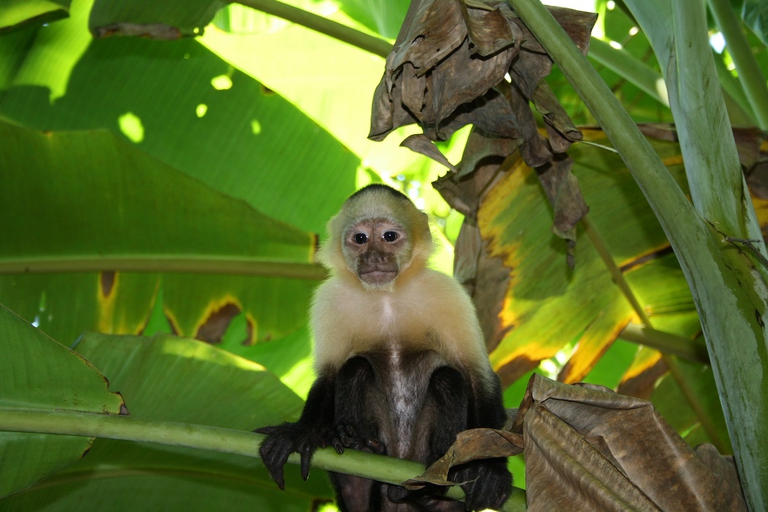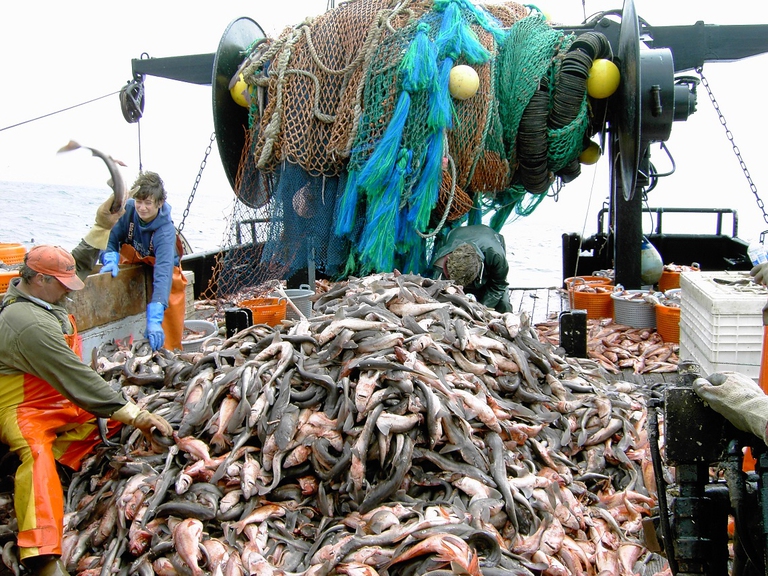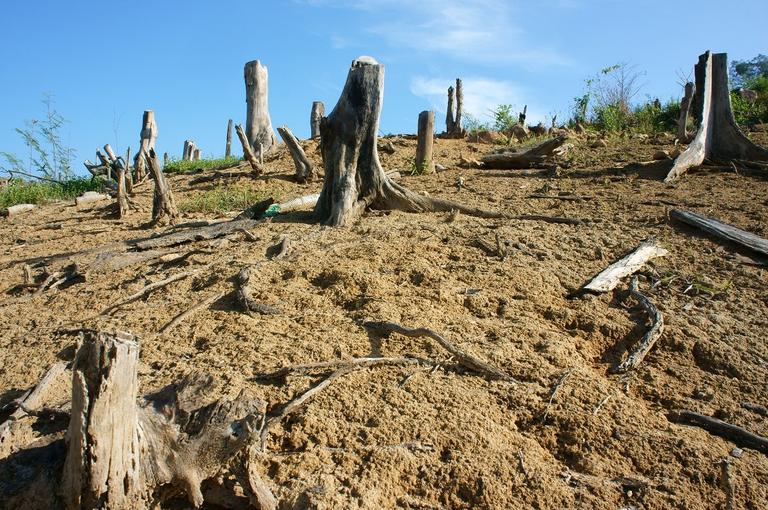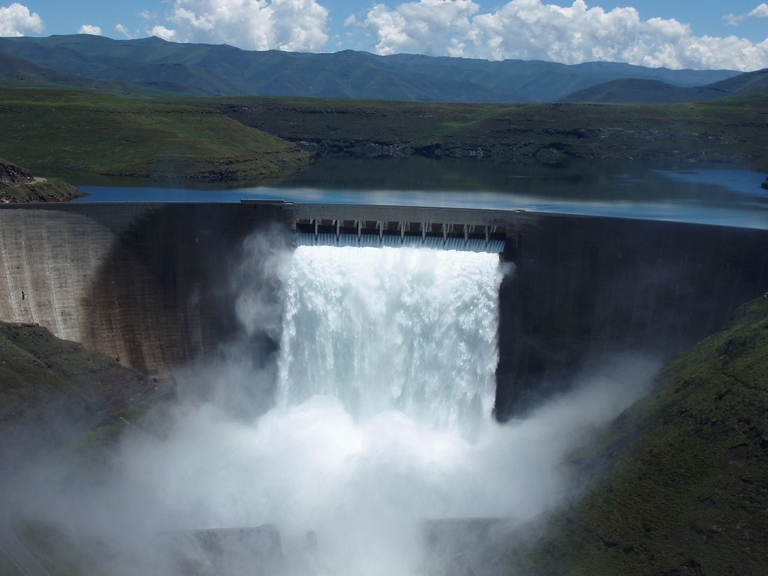
The Amazon became an alternative classroom during the pandemic. Now, the educational forest in Batraja, Bolivia, lives on to teach children and adults the value of nature.
Overshoot Day marks the point when humanity has used up the Earth’s resources for a year. And the date comes earlier and earlier every year.
All animal and plant species populating the Planet live in symbiosis with nature. They don’t take too much from it and don’t damage it, otherwise they would be the first to be affected. This is true for all species, expect for humans (Homo sapiens).
Overshoot Day marks the date when humanity used more from nature than what Earth can regenerate in the whole year. The date, which varies from year to year depending on how fast such resources are exploited, is calculated by the Global Footprint Network (GFN), an international organisation that assesses humanity’s ecological footprint.
This disquieting deadline lands earlier every year, depicting a grimmer future for our species. It’s like we’re speeding our car towards a cliff and we can’t see where the precipice begins, but we know it’s approaching. And the only way to avoid it is to make a u-turn. Humanity started to consume more than the Planet produces in the early 1970s and since then the deadline is brought forward every year (in 1975 it fell on 28 November), due to population growth and increased consumption on a global level.
According to the GFN, the world population is using as much as 1.7 planets a year, a figure that is thought to increase to 2 planets by 2030. Yet, we only have one planet. “Our planet is finite, but human possibilities are not,” said Mathis Wackernagel, CEO of Global Footprint Network and co-creator of the Ecological Footprint. “Living within the means of one planet is technologically possible, financially beneficial, and our only chance for a prosperous future. Ultimately, moving back the date of Earth Overshoot Day on the calendar is the name of the game”.
Earth Overshoot Day has never landed so early: on 29 July. Even though this is an obviously negative trend, we’re still in time to contrast a complete ecological collapse. Moving the date by only five days would allow us to reach a balance with the resources produced annually by the planet before 2050.
1 August in 2018. We’re using natural resources at an unsustainable pace. In 1970, Overshoot Day was on 29 December. Since then, we’ve lost 30 days of self-sufficiency from the planet every ten years.
The trend is relentlessly continuing, with 2 August marking Earth Overshoot Day in 2017. The date has never fallen so early since the 1970s, when we started abusing the Planet’s natural resources.
In 2016 our debt with the Earth started on 8 August, more than four months ahead of the end of the year. Due to a steady gowth of the world population and our binge on resources, we are using natural resources quickier than in the past.
In 2015 we ended what nature had to offer to us (and, thus, started to take precious resources from next generations) on 13 August, while in 2014 it landed on 19 August.
The date is calculated by comparing the ecological resources and services we use – in terms of overfishing, overharvesting forests and the carbon dioxide we emit into the atmosphere – with nature’s capacity of regenerating such resources.
“The big problem is that we are not taking measures to take us in the right direction,” said Mathis Wackernagel, CEO of GFN. “The problem is psychological – somehow we are missing this basic physical law. It is obvious to children, but for 98 per cent of economic planners it is a minor risk not worth our attention”.
Stopping to use the wealth belonging to future generations not only is desirable but also convenient. “Such a new way of living comes with many advantages, and making it happen takes effort,” said Wackernagel. “The good news is that it is possible with current technology, and financially advantageous with overall benefits exceeding costs. It will stimulate emerging sectors like renewable energy, while reducing risks and costs associated with the impact of climate change on inadequate infrastructure. The only resource we still need more of is political will.” In order to achieve this objective, which is vital for the survival of our species, many countries are taking measures by divesting from fossil fuels and reducing meat consumption, whose production has a dramatic environmental impact.
Siamo anche su WhatsApp. Segui il canale ufficiale LifeGate per restare aggiornata, aggiornato sulle ultime notizie e sulle nostre attività.
![]()
Quest'opera è distribuita con Licenza Creative Commons Attribuzione - Non commerciale - Non opere derivate 4.0 Internazionale.
The Amazon became an alternative classroom during the pandemic. Now, the educational forest in Batraja, Bolivia, lives on to teach children and adults the value of nature.
Our species took its first steps in a world covered in trees. Today, forests offer us sustenance, shelter, and clean the air that we breathe.
Bangladesh suffered widespread damage as a result of Cyclone Amphan. Yet the Sundarbans mangrove forest acted as a natural barrier protecting the country from further destruction, as it has done countless times before.
On top of a 2.4 million dollar compensation, the indigenous Ashaninka people will receive an official apology from the companies who deforested their lands in the 1980s.
The tapir was reintroduced into Brazil’s Atlantic Forest, the country’s most at-risk ecosystem. The species can play a key role in the forest’s recovery.
Forests are home to 80 per cent of the world’s terrestrial biodiversity. This year’s International Day of Forests highlights the urgent changes needed to save them.
After a legal battle that lasted two years, Indonesia’s Supreme Court has revoked the permit to mine for coal in the forests of South Kalimantan in Borneo.
The list of human and animal victims of the Australia wildfires keeps growing – one species might already have gone extinct – as the smoke even reaches South America.
Areas where the FARC guerrilla used to hold power in Colombia have faced record deforestation. Farmers cut down trees, burn land and plant grass for cows. Because, “what else can we do for a living here in the Colombian Amazon”? An intimate report from the heart of the felled forest in Caquetá.











